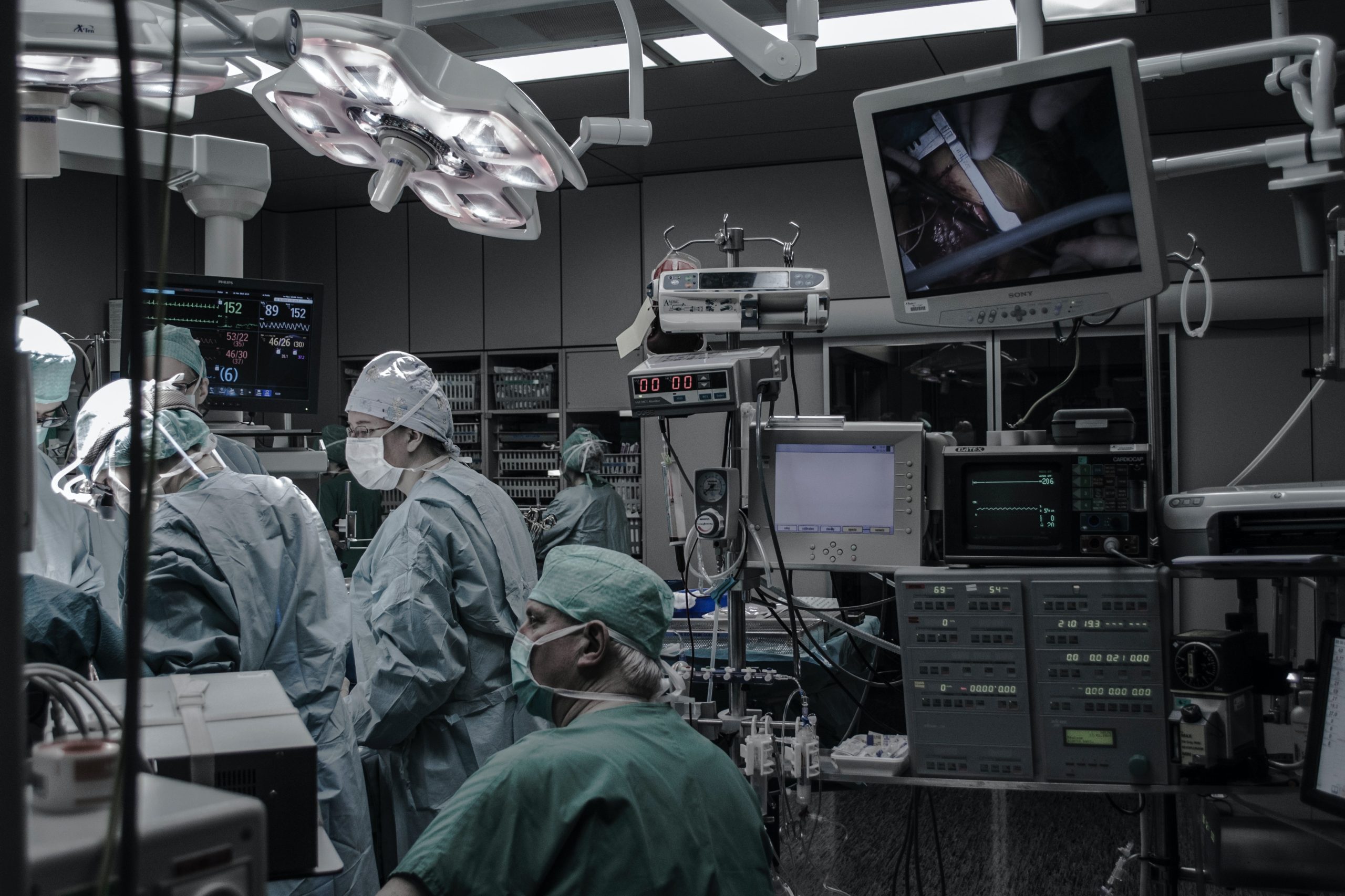Magnetic Resonance Imaging (MRI) has revolutionized the way we diagnose and treat various medical conditions. MRI is a non-invasive imaging technique that uses powerful magnetic fields and radio waves to generate detailed images of organs and tissues within the body. MRI has proved to be a valuable tool in the diagnosis of liver lesions. Liver lesions are abnormal growths or masses that occur in the liver, and they can be either benign or malignant. MRI is a safe and effective diagnostic tool that helps doctors detect liver lesions and plan appropriate treatment.
MRI can detect liver lesions that may not be visible on other imaging tests such as ultrasound or CT scans. This is because MRI can produce detailed images of soft tissue structures like the liver. MRI scans can show the size, shape, and location of liver lesions, and can help doctors determine whether a lesion is benign or malignant. The technique is particularly useful in detecting small liver lesions, which may be missed by other imaging techniques.
One of the advantages of MRI is that it is a non-invasive technique that does not expose the patient to ionizing radiation, unlike CT scans. MRI is considered safe for most patients, including pregnant women. However, patients with certain medical devices such as pacemakers or metal implants may not be able to undergo MRI.
The MRI examination itself is painless and does not require any special preparation. Patients lie down on a table that slides into the MRI machine, which is a large tube-like structure. During the scan, patients may hear loud tapping or knocking noises, but they will be given earplugs to reduce the noise. Patients will need to lie still during the scan, which can take anywhere from 30 minutes to an hour.
MRI is a valuable tool for the diagnosis and management of liver lesions. It can help doctors determine the appropriate treatment plan, such as whether surgery or other interventions are necessary. MRI can also be used to monitor the progress of treatment and to detect any changes in the liver over time.
In conclusion, MRI is a powerful diagnostic tool that can help doctors detect liver lesions and plan appropriate treatment. The technique is safe, non-invasive, and can provide detailed images of the liver and surrounding tissues. Patients who are concerned about liver lesions should talk to their doctor about whether an MRI scan may be appropriate for them.




